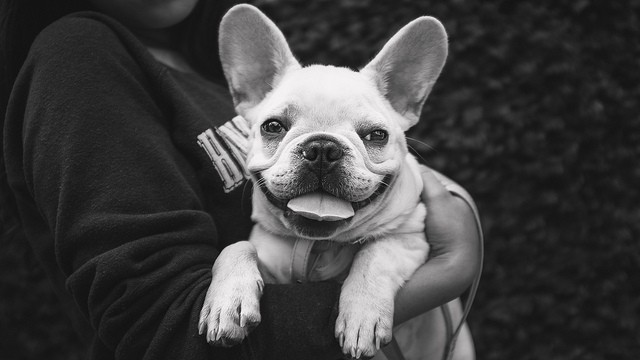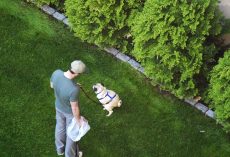A well-socialized dog is usually a happy and self-confident dog, but this is not always the case. Even well-socialized dogs can still have issues being confident, especially if they've gone through a traumatizing circumstance or have issues trusting different people.
There's still a way to help your pooch feel comfortable in social situations and around new people. You can role play with a new friend by slowing introducing your dog to them. Rewarding your doggy with treats while you train him is also a great way to teach him about confidence too.
Teach Fido techniques and read more tips on how to help a dog gain confidence on Paw-Rescue.
If you have a more mature dog who is shy, help the dog gradually gain confidence. It’s especially important to control any situation you introduce him to. Enlist the help of people you can trust to follow your instructions. Here’s one approach:
Have your helper avoid eye contact with the dog, stay quiet and still, stand sideways to the dog, and keep at an ample distance from the dog. Do not force the dog to approach the person. Instead, let the dog initiate contact and approach when he feels ready.
The helper can crouch down or sit on the floor, maintaining the nonthreatening sideways stance, with eyes still averted. Give the helper some small tasty high-value treats, which may mean something really strong like liver cookies available at pet supply stores or bits of hot dog. Have the helper extend a hand in the direction of the dog and drop a treat. Eventually the dog will sniff around and slowly approach. Most likely, the dog will take the treat and retreat a bit to eat it. The helper should leave the hand extended, but not reach at the dog. Next, have the helper keep the treat in his extended hand.
The owner has a role to play during these exercises. Project a happy, relaxed body posture and tone of voice. Make it clear that you welcome the helper’s presence. However, avoid too much chatter with your helper, and avoid distracting your dog. Ignore your dog if she tries to cling to you or beg for attention. Also make sure not to comfort the dog, verbally or physically, at times when the dog displays timidity or fear, since you do not want to reinforce these undesirable behaviors. You want your dog to get the clue that during these practice sessions, your helper is the only source for treats and positive interaction.
Eventually, the dog will show signs of budding confidence. Ideally, the dog will touch the helper’s hand upon taking the treat. The helper can softly say, “Good dog”. When the dog seems somewhat secure, the helper can gently stroke the dog under the chin or on the neck or chest (be aware that shy and fearful dogs are often frightened when people attempt to touch their face or head). Eventually make eye contact. However, progress slowly to avoid the setback of a fear response.









